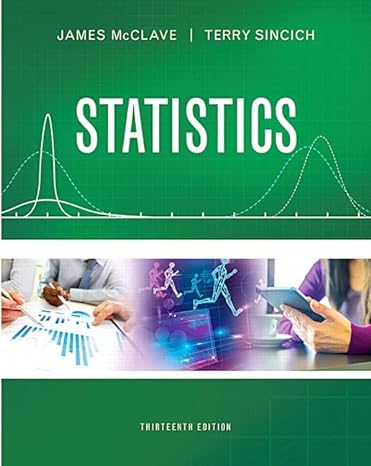Irrelevant facial similarity effects on judgment. Facial similarity to previously encountered persons can be a potential source
Question:
Irrelevant facial similarity effects on judgment. Facial similarity to previously encountered persons can be a potential source of bias in decision making. For example, in a job interview, the interviewer should judge the job candidate solely on his/her qualifications, not on whether the candidate looks similar to a previously rejected candidate.
Research published in Experimental Psychology (Jan. 2014) investigated irrelevant facial similarity effects on judgment. Subjects (university students) were trained to evaluate employees’ suitability for a job on a scale of 0 (not at all suitable) to 100 (very suitable). Then each subject rated each of three different job applicants. Each subject saw a picture of the applicant as well as a summary of the employee’s application documents. Unknown to the subject, all the applicants were given average qualifications, but one applicant’s picture was morphed to look similar to a candidate who had been given a low rating during training (low-performance morph), and another was morphed to look similar to a candidate who had been given a high rating during training (high-performance morph).
The third candidate was given a neutral photo—one which had not been seen before by the subjects. Suitability data
(simulated based on information provided in the article)
for 10 subjects rating each of the 3 candidates are provided in the table. Are there differences in the mean ratings of the 3 candidates? If so, which candidate (low, neutral, or high) received the highest mean rating?
Step by Step Answer:

Statistics Plus New Mylab Statistics With Pearson Etext Access Card Package
ISBN: 978-0134090436
13th Edition
Authors: James Mcclave ,Terry Sincich





